12 Retro Tech Gadgets from the ’80s That Were Ahead of Their Time
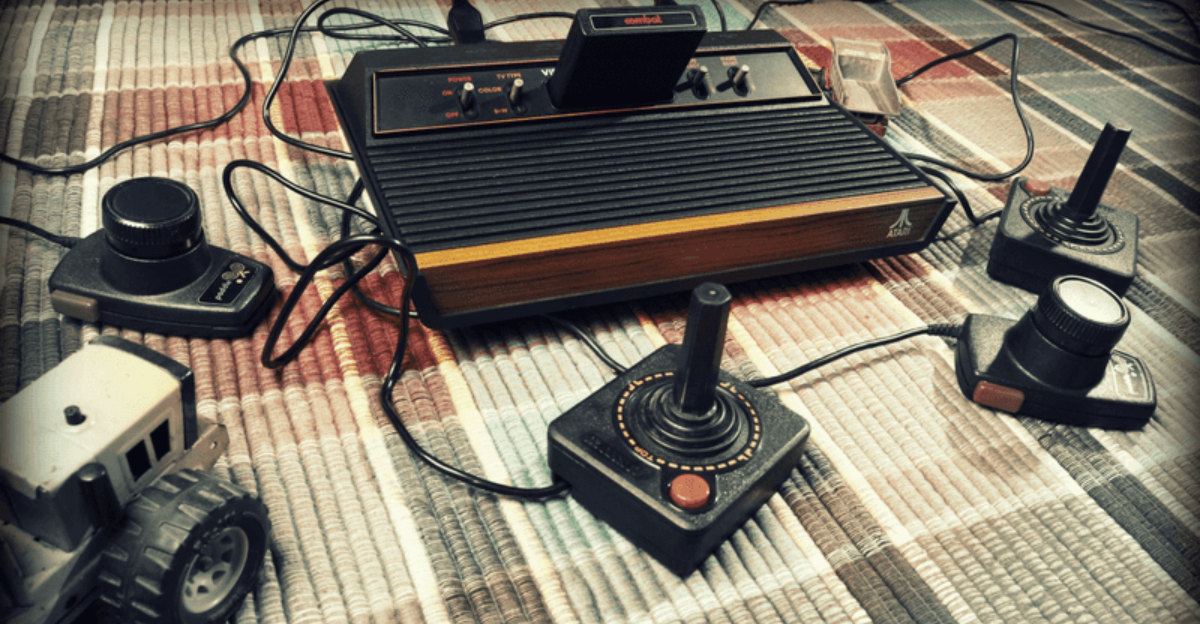
It was a golden age for tech innovation, bringing futuristic gadgets that seemed like something out of a sci-fi movie. Some of these inventions were so groundbreaking that they laid the foundation for modern technology, while others were simply quirky yet ahead of their time.
Whether it was the birth of portable music, the rise of personal computers, or the earliest glimpses of mobile communication, the ’80s introduced game-changing devices that still hold a special place in history.
Let’s take a nostalgic tour through some of the most iconic tech marvels of the decade—some of which directly shaped the devices we can’t live without today.
1. Sony Walkman
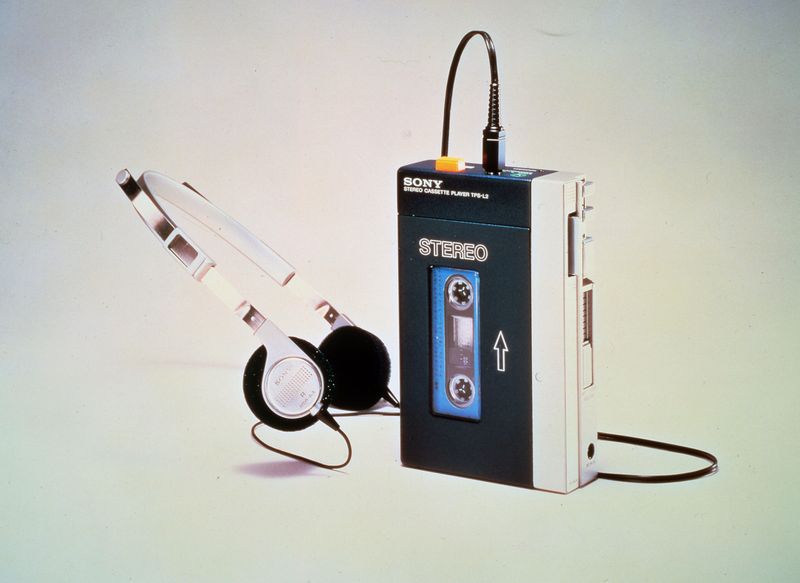
Before smartphones and MP3 players, music was mostly a shared experience—either blasting from boomboxes or spinning on home stereos. Then came the Sony Walkman, introduced in 1979, revolutionizing how people listened to music.
With a sleek design and lightweight headphones, the Walkman gave users a private soundtrack to their lives, making it a must-have gadget throughout the ’80s. It introduced the concept of music on the move, an idea that still drives today’s streaming services and portable music devices.
This iconic cassette player not only changed listening habits but also shaped personal entertainment, paving the way for CD players, iPods, and eventually, smartphones.
2. Commodore 64
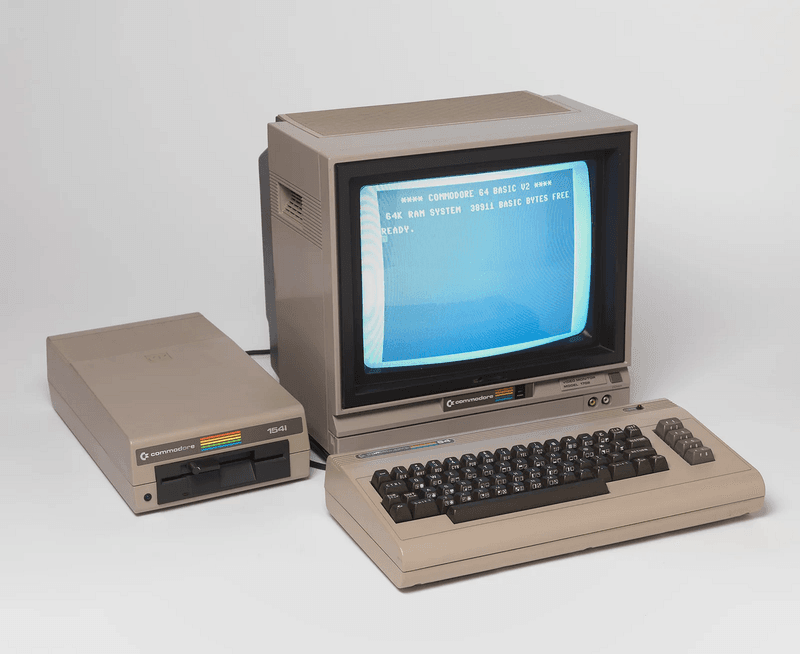
Back when personal computers were expensive and intimidating, the Commodore 64 arrived in 1982, making computing affordable and accessible to everyday households.
Boasting 64KB of RAM (a big deal at the time), it became the best-selling home computer of all time. But what truly made it special? Its ability to run arcade-quality games, process basic programming, and even serve as an educational tool.
The Commodore 64 didn’t just introduce people to computers—it launched a generation of gamers and programmers. Its impact is still felt today in retro gaming culture and the evolution of personal computing.
3. Nintendo Entertainment System (NES)
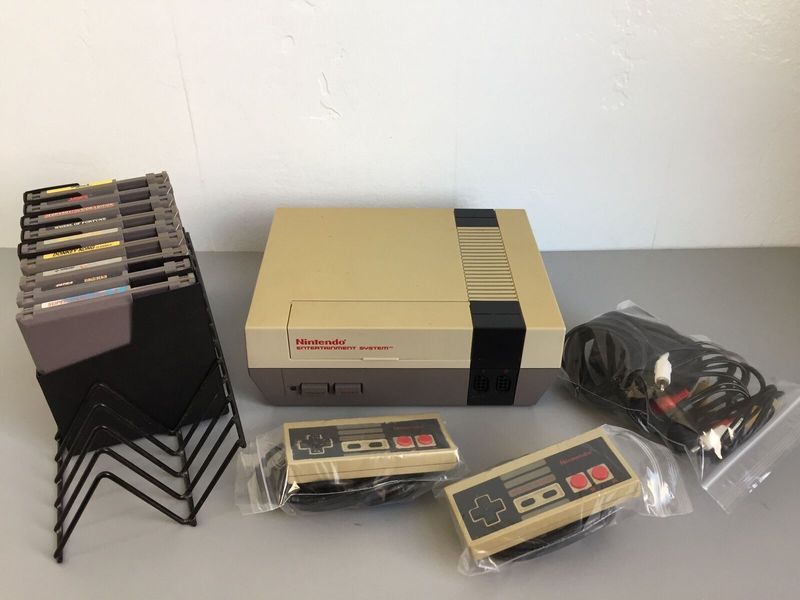
By the mid-’80s, the video game industry was on life support after the infamous video game crash of 1983. Then, in 1985, the Nintendo Entertainment System (NES) arrived like a hero in an 8-bit cape to revive the market.
With iconic titles like Super Mario Bros., The Legend of Zelda, and Metroid, the NES wasn’t just a console—it was a cultural phenomenon. It introduced interchangeable cartridges, innovative controllers, and a level of quality that set the standard for future gaming consoles.
The NES shaped modern gaming as we know it, proving that video games weren’t just a passing trend but a permanent part of entertainment history.
4. Apple Macintosh
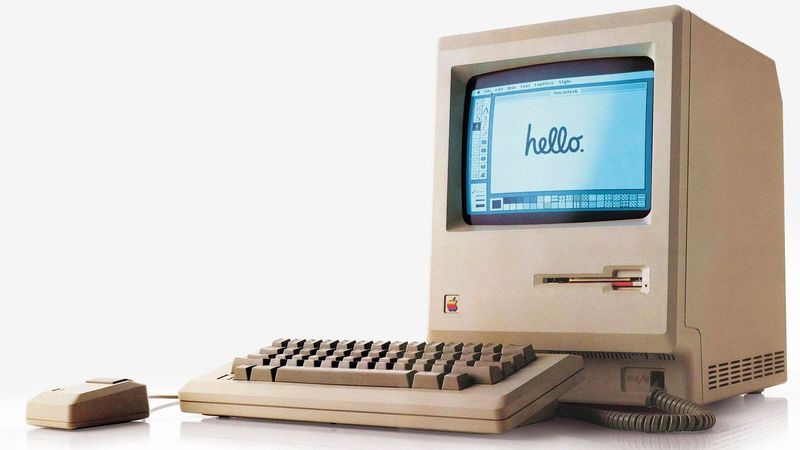
In 1984, Apple didn’t just release a new computer—it introduced an entirely new way to interact with technology. The Apple Macintosh was the first mass-market computer to feature a graphical user interface (GUI) and a mouse, making it far more user-friendly than the text-based systems of the time.
It was a game-changer in design, usability, and marketing, with its legendary Super Bowl ad directed by Ridley Scott cementing its place in pop culture.
Though it had a rocky start, the Macintosh influenced the way modern computers look and function, setting the stage for future Apple products and the personal computing revolution.
5. Casio Calculator Watch
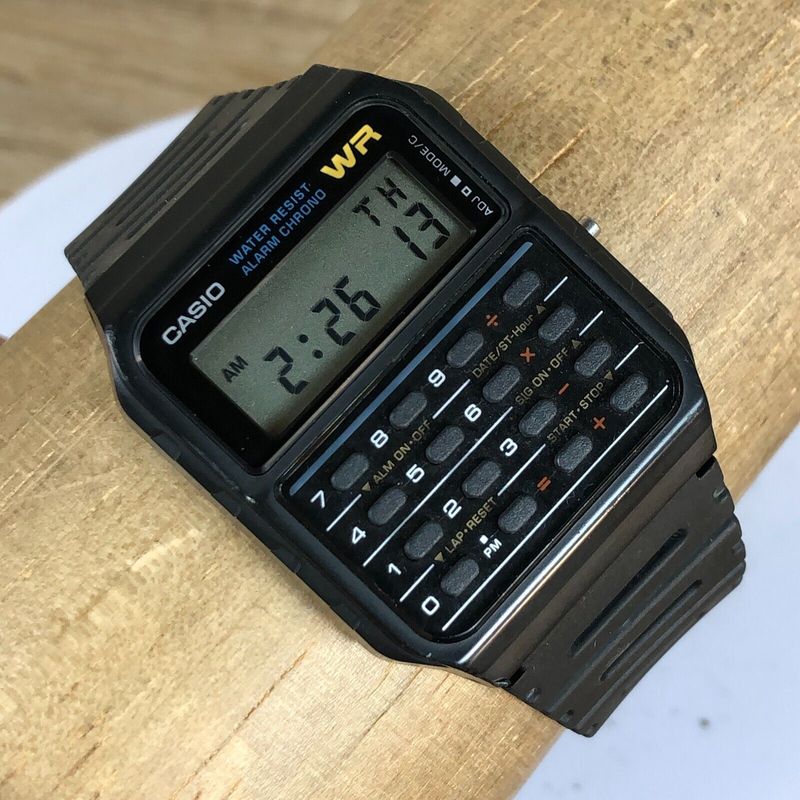
Long before Apple and Samsung made smartwatches mainstream, the Casio Calculator Watch was the ultimate wearable tech of the ’80s.
A blend of timekeeping and basic arithmetic, this gadget was both nerdy and futuristic, making it a popular accessory among students, professionals, and gadget lovers alike.
While it may not have had fitness tracking or Bluetooth, this early experiment in wearable technology foreshadowed the rise of today’s multifunctional smartwatches.
6. Polaroid 600 Camera
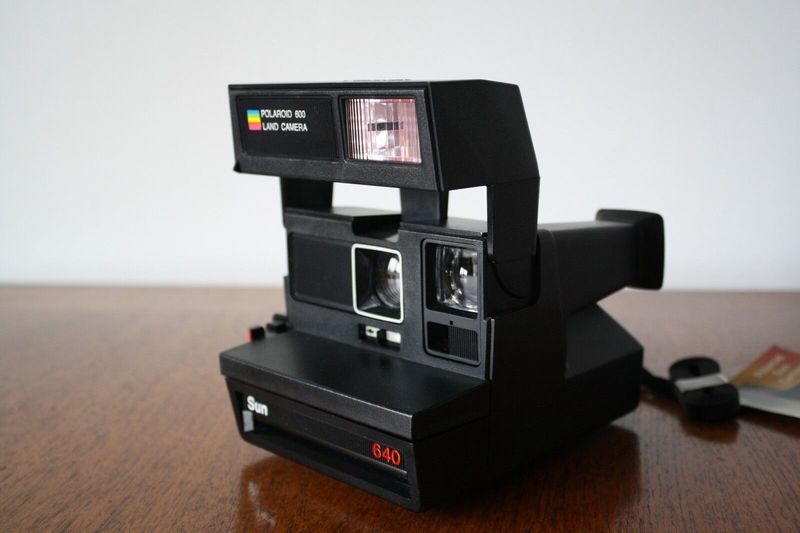
Imagine capturing a moment and holding a printed photo in seconds—no film processing, no waiting. That’s what the Polaroid 600 Camera, launched in 1981, offered.
With built-in flash and focus-free lenses, this camera made photography fast, fun, and effortless. It became a staple at parties, vacations, and family gatherings, defining instant photography for a generation.
While digital cameras and smartphones eventually took over, instant photography has seen a resurgence, proving that sometimes, old-school tech never truly fades away.
7. Atari 2600
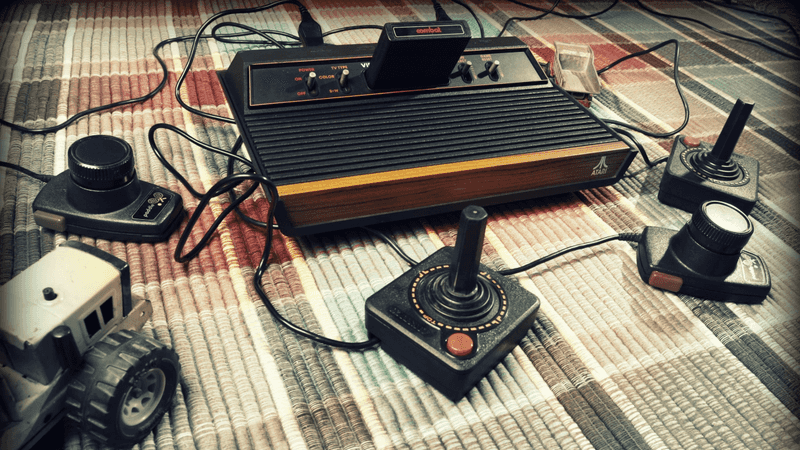
Long before PlayStation and Xbox, the Atari 2600 was the undisputed king of home gaming. Launched in 1977 and thriving through the early ’80s, this cartridge-based console brought arcade classics like Space Invaders and Pac-Man into living rooms across the world.
With simple joystick controls and pixelated graphics, it may seem primitive now, but at the time, it was a technological marvel. The Atari 2600 helped establish video gaming as a mainstream industry, paving the way for the systems we enjoy today.
8. The Brick Cell Phone
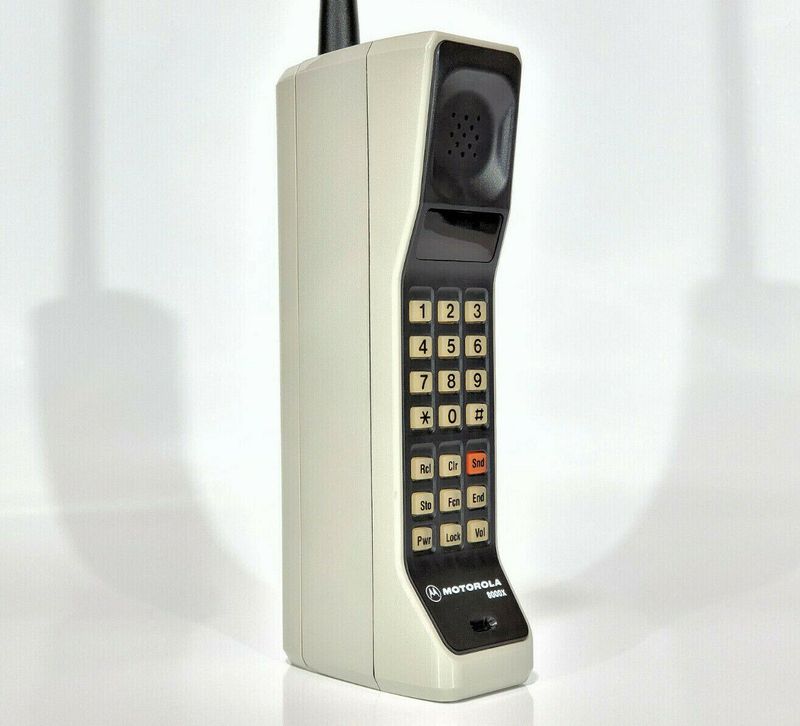
Long before sleek smartphones, the Motorola DynaTAC 8000X, better known as “The Brick,” was the first commercially available cell phone. Released in 1983, it was bulky, heavy, and outrageously expensive—but it marked the beginning of mobile communication.
Despite its two-pound weight and limited battery life, it symbolized innovation and status. This early mobile device laid the groundwork for the smartphones we now can’t live without.
9. Sony Betamax
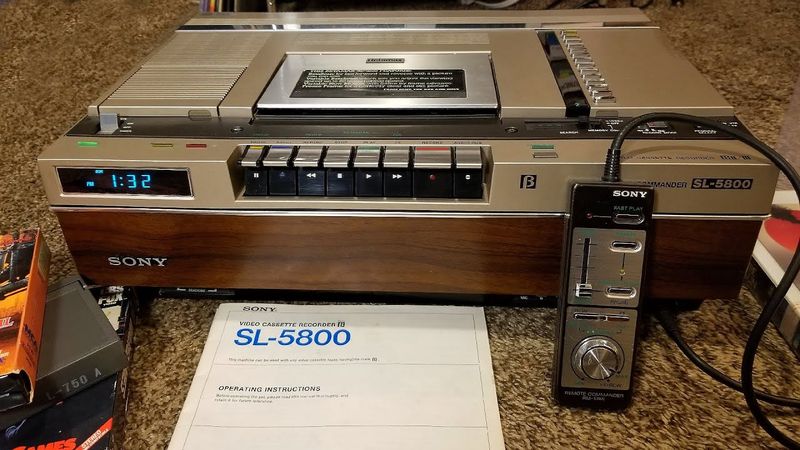
At a time when home entertainment was evolving, Sony Betamax promised superior video quality for recording and watching TV shows. Introduced in 1975 and gaining traction in the early ’80s, it boasted a sharper picture and more durable tapes compared to its rival, VHS.
Despite its technological edge, Betamax ultimately lost the format war due to shorter recording times and expensive licensing. VHS won the battle, but Betamax’s legacy remained in the development of high-quality recording formats that followed.
Although it faded into obscurity, Sony’s innovation paved the way for today’s digital recording technology. In a way, Betamax was simply ahead of its time—just not at the right time.
10. Tandy TRS-80
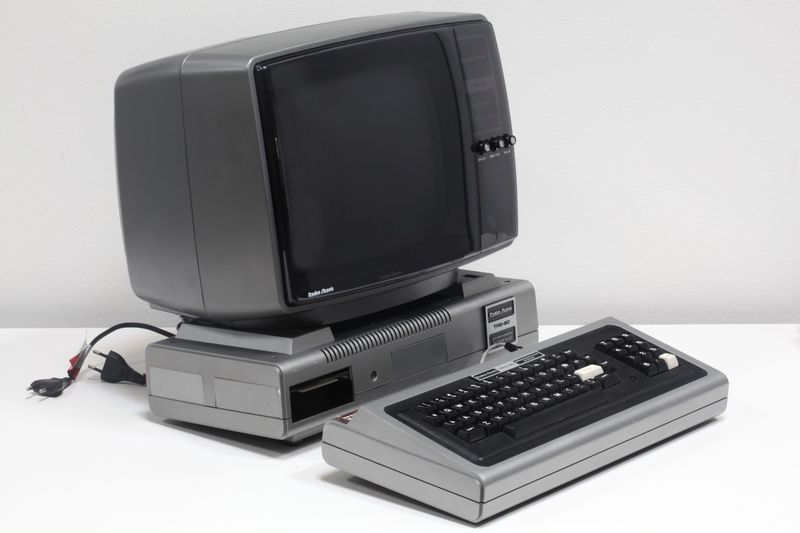
Before laptops and sleek personal computers, the Tandy TRS-80 was the classroom workhorse of the ’80s. Released in 1977, it introduced a generation to computing, featuring basic programming functions and early word processing capabilities.
It may not have been the fastest machine, but it was one of the most accessible and affordable options at the time, making it a staple in schools. The TRS-80’s simple, functional design encouraged young minds to explore programming, sparking interest in a burgeoning tech-driven future.
This clunky-yet-reliable machine laid the foundation for modern computing education, showing that sometimes, the best innovations aren’t just about power, but accessibility.
11. Sony Watchman
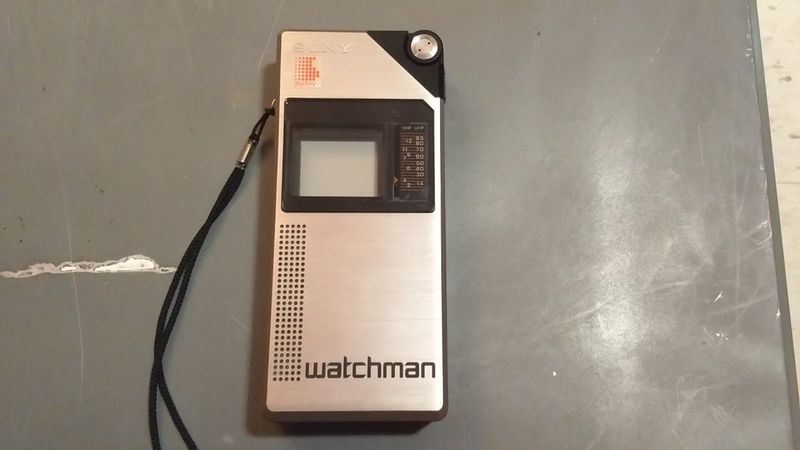
In the days before smartphones and streaming services, the idea of a portable TV was groundbreaking. Enter the Sony Watchman, launched in 1982—a handheld television that let you watch your favorite programs anywhere.
This compact device was a dream for commuters and gadget lovers alike. Despite its black-and-white screen and limited channel reception, it felt like a futuristic step toward personal entertainment on the go.
While its small display and reliance on broadcast signals eventually made it obsolete, the Watchman was a glimpse into the future of portable media, paving the way for today’s mobile screens and streaming culture.
12. Epson HX-20
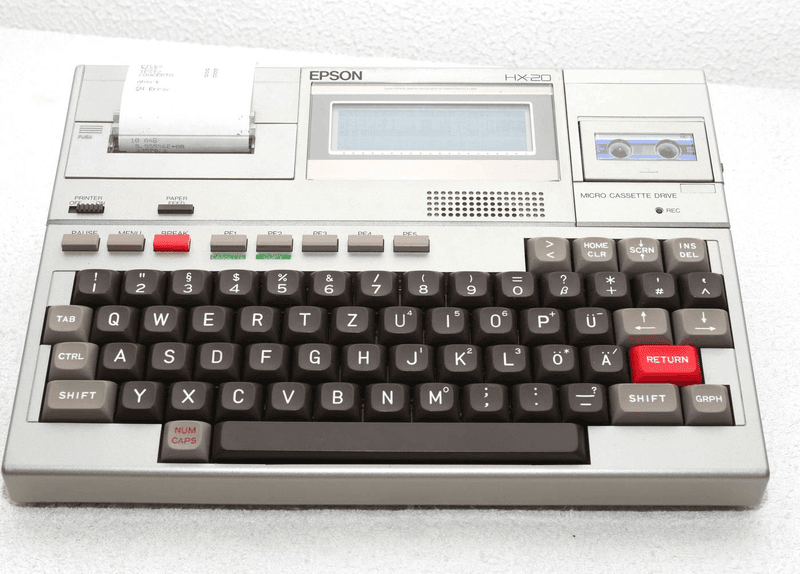
Long before sleek laptops became the norm, the Epson HX-20 debuted in 1981 as the world’s first truly portable computer. It featured a built-in screen, rechargeable battery, and even a tiny printer, making it a self-contained workstation that fit inside a briefcase.
At a time when computers were bulky and desk-bound, this early laptop was revolutionary. It wasn’t the most powerful machine, but it introduced the idea that computers could be mobile.
Looking at today’s ultra-thin laptops, it’s clear the HX-20 was ahead of its time. Though primitive by modern standards, it was a pioneering step toward the portable computing era we now take for granted.
